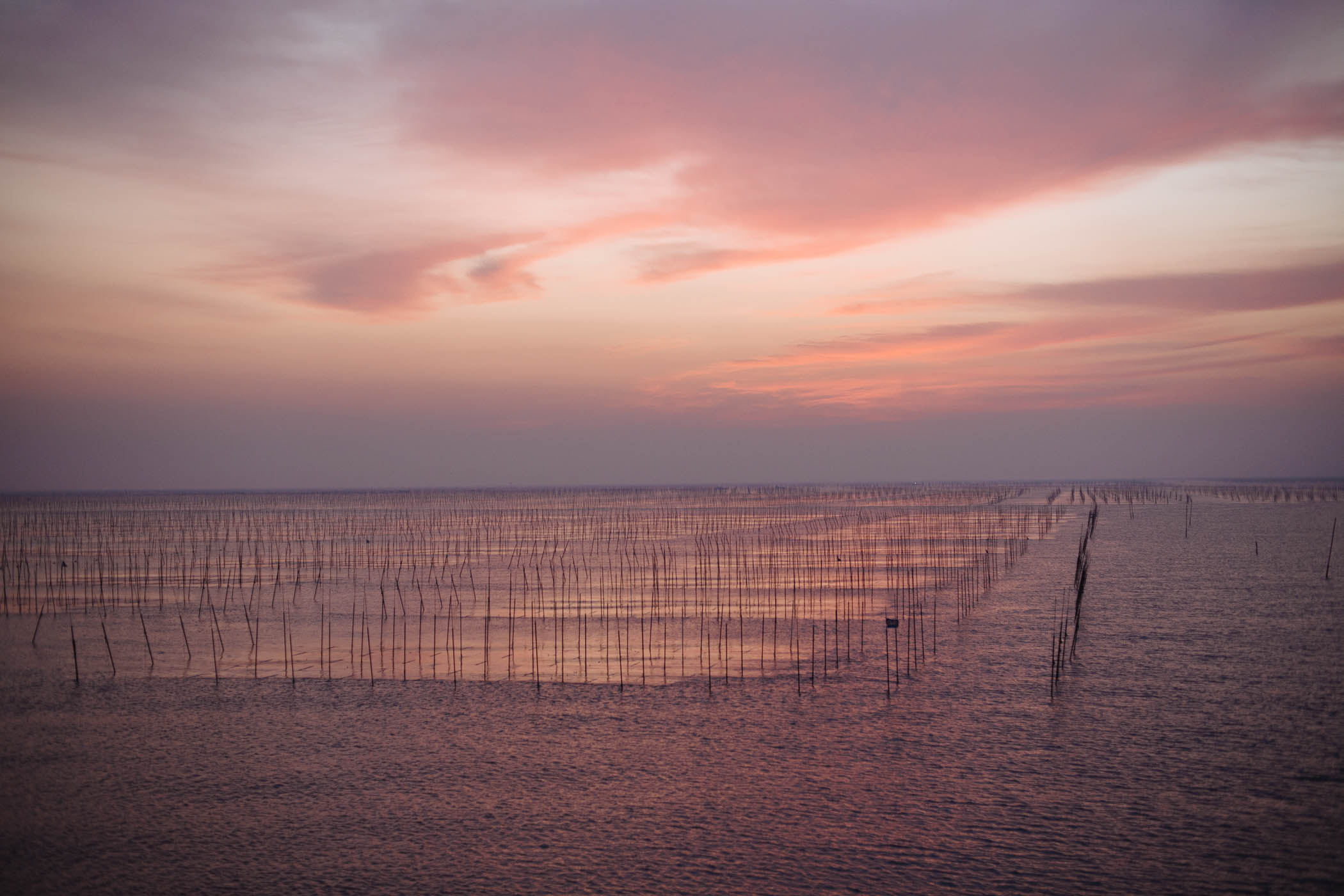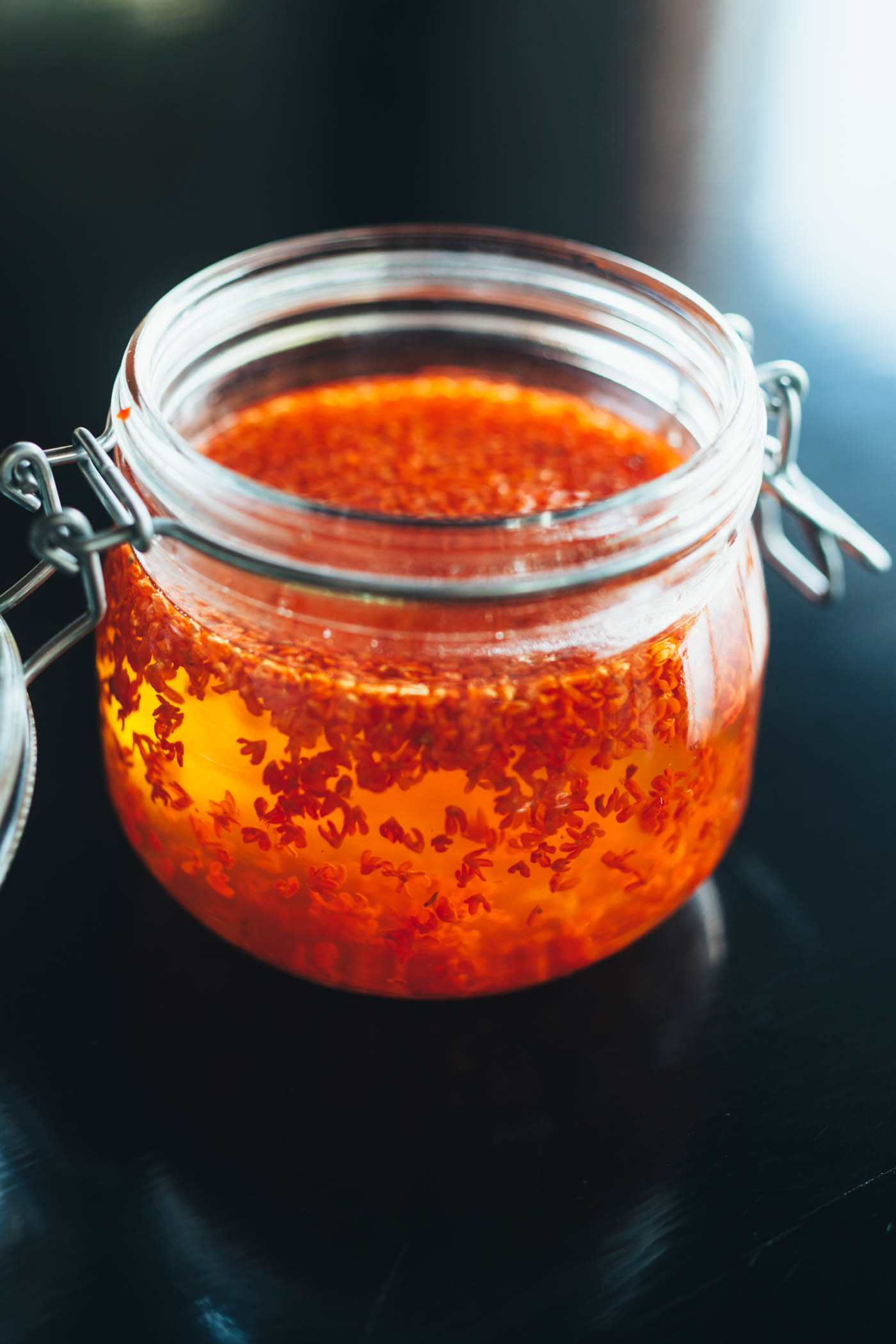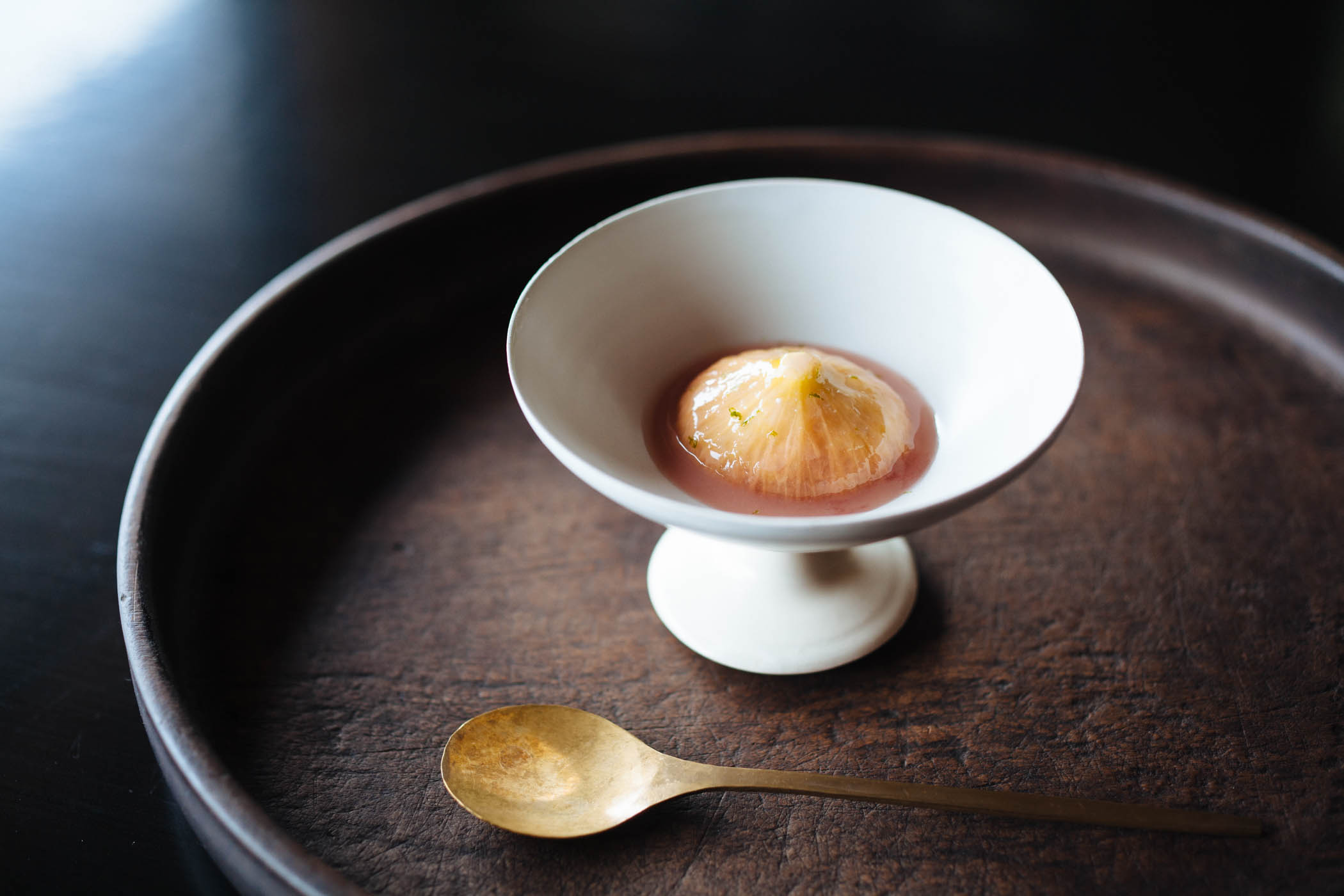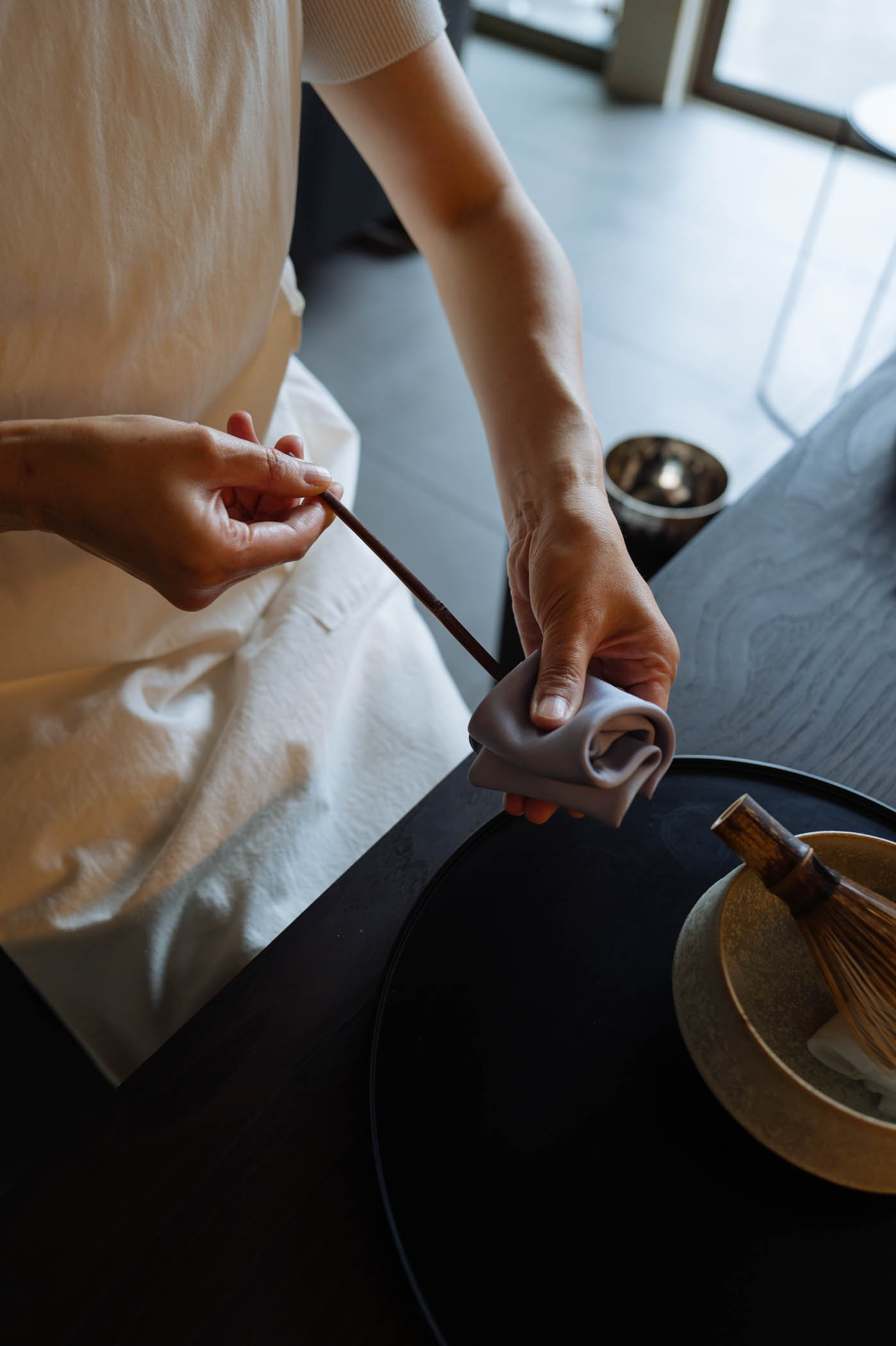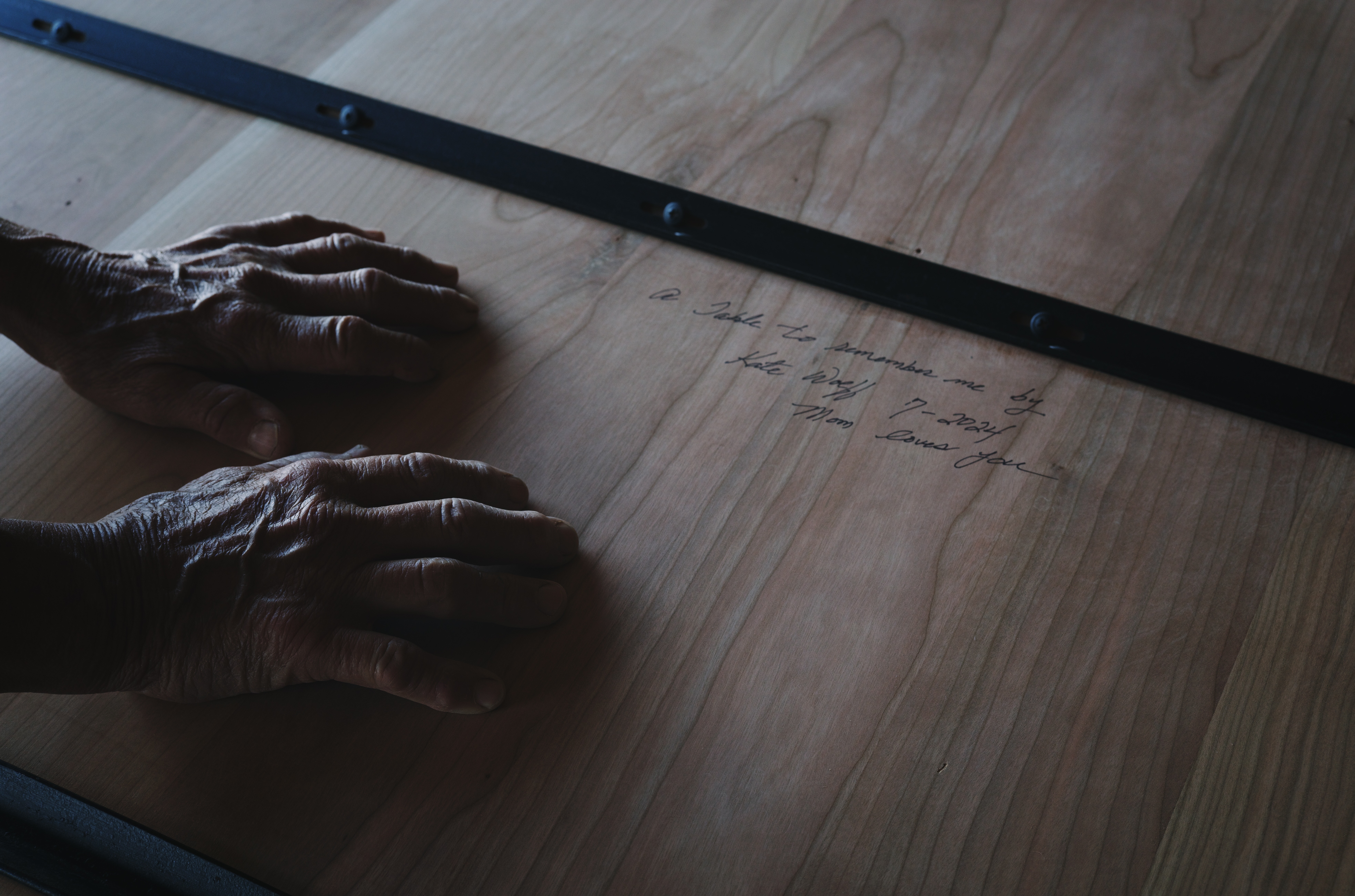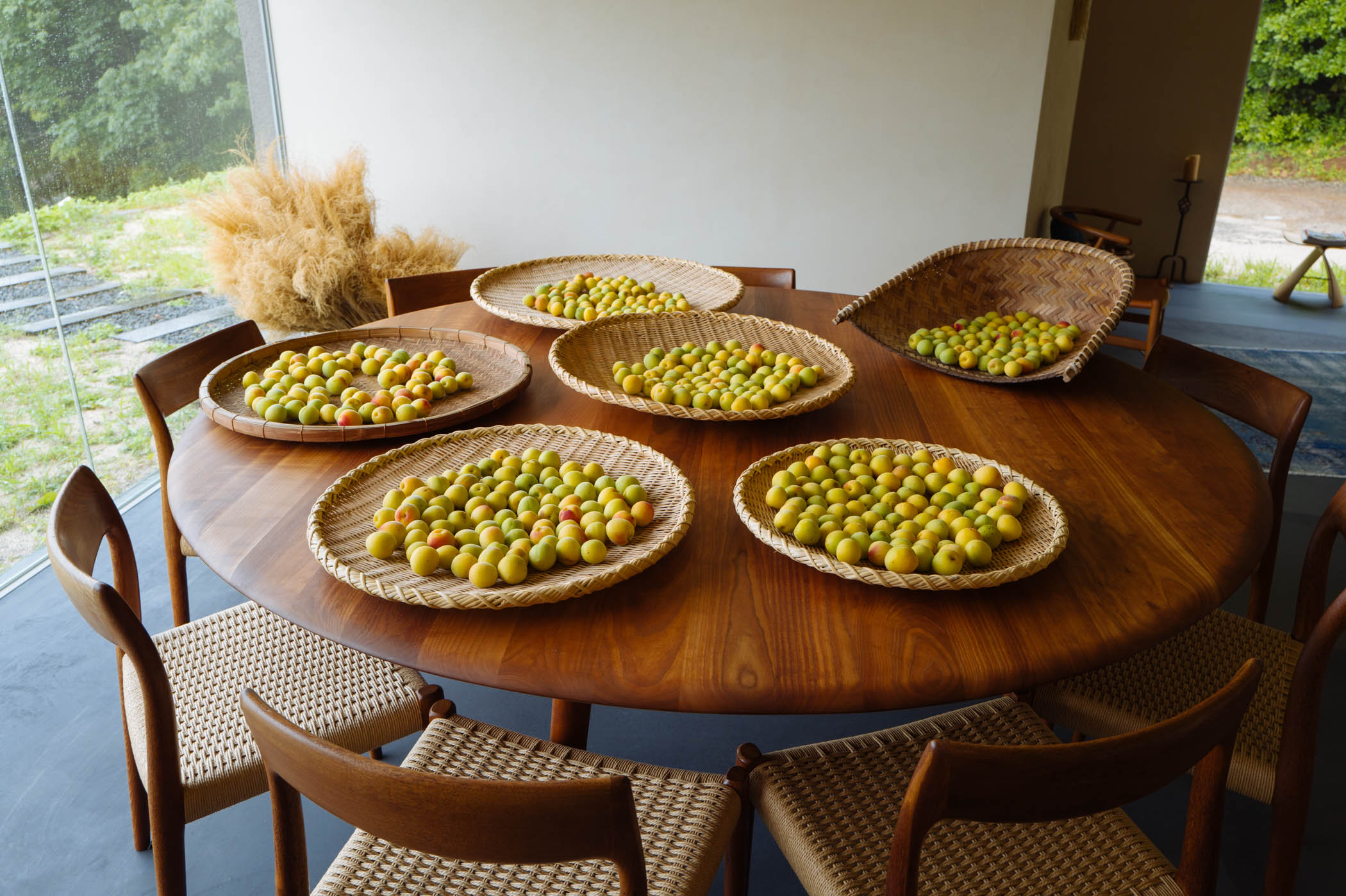The language of taste and texture in Japan
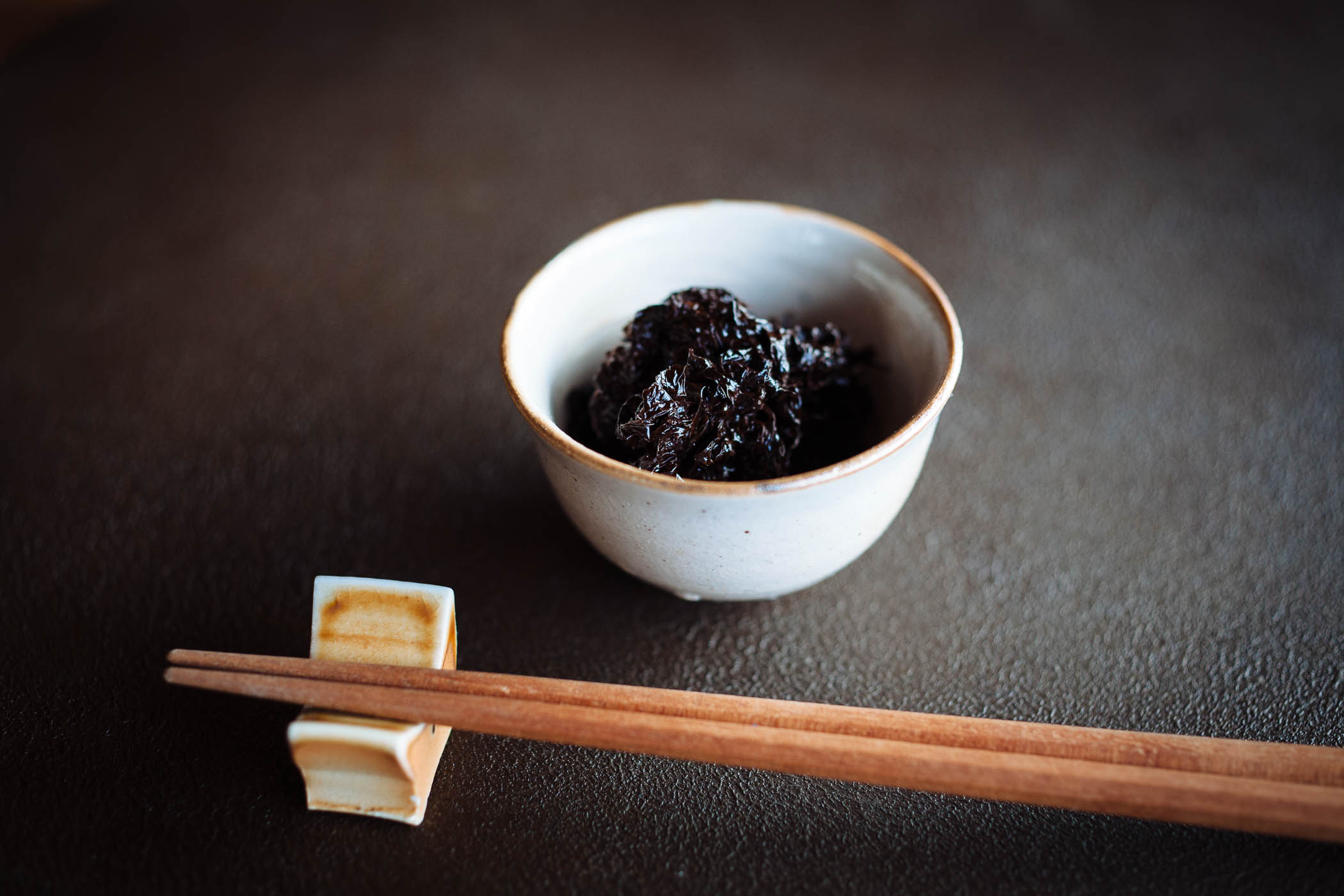
Japanese cuisine celebrates hazawari, the texture or literally tooth-feel of foods, to which the language is full of words to describe the textural aspect of flavor. Most are onomatopoetic, sounds that simulate physical sensations and the feelings they evoke. It speaks volumes to the sensual aspect of eating and to how wholly immersed and attentive people are to it here.
It is the season of winter nori, the second and superior growing season for this crop cultivated about an hour south of here in the cold waters of the Ariake Sea. There, an extreme tide rises and falls to rhythmically submerge and expose nori growing on a vast mesh lattice network. While underwater the nori feeds on nutrients running down the from mountains through the mouth of the Chikugo river. While above water it feeds on the clear winter sun. It is a sight to behold at low tide, long nets tethered to vertical poles in grids as far as the eye can see. I spent nearly a year traveling to the region to research nori, befriending Tsunehiro Kawahara, a nori distributor with a sommelier level understanding of its taste profiles, and Kenrou Kawasaki, an aqua farmer there who consistently grows some of the best crops each year. He will soon harvest the first fronds of the winter season. This first harvest called ichibanzumi is the highest quality nori produced all year and though subsequent harvests will provide greater yields, none will be as tender and flavorful as the first.
During tastings we compared nori in multiple forms, minced and formed into sheets of itanori and roasted, koumibohsi nori which is whole thalli dried and roasted, and nama or raw nori. Kawahara described the texture of the roasted sheets as pari-pari, the koumiboshi nori as saku-saku and the nama nori as korikori. Pari-pari translates to crispy, sakusaku to crunchy, and korikori is, well, something else very similar but noticeably different. And there are other words still in this same family of crunch and crisp – shakishaki, karikari, and poripori.
The language of taste and texture in Japan is far more varied, vivid, and complex than my native language allows for. So many of these words don’t have translations because they describe subtle variations within categories of textures that we differentiate with far fewer words in English. Language is a tool to describe and communicate our experiences, but being our principle reference, it also dictates those experiences. Which makes me wonder, what are we missing in the West? Our finite vocabulary implies an oversimple experience of food and flavor without words like paripari, sakusaku, and korikori, three distinct experiences of a single ingredient.
